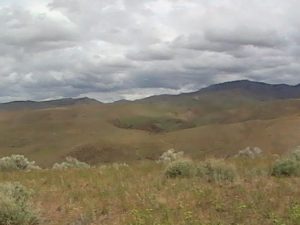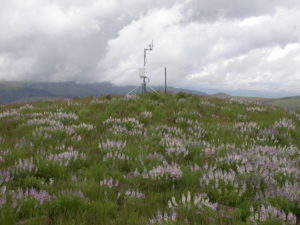Invasive annual weeds such as cheatgrass and medusahead wildrye have taken over millions of hectares of rangeland in the Great Basin sagebrush steppe. Restoration of these rangelands is hampered by a generally dry climate and very high annual and seasonal variability in weather. The purpose of this website is to provide timely and site-specific information about long-term patterns of weather and microsite variability for rangeland restoration planning and management.
Restoration-specific weather and microclimatic information can be used to develop long-term adaptive management strategies for rangeland restoration planning; to evaluate historical weather effects on past restoration-management activities; to understand spatial patterns of ecosystem resilience and resistance to weed invasion; and to put short-term scientific studies into the context of longer-term expectations for weather variability at a given field site.
Future enhancements to this site will include:
- Educational modules for undergraduate and graduate restoration courses
- Expansion of weather tools for seasonal forecasting applications
- Climate-change scenarios for adaptation and mitigation strategies
- Location-specific Ecological Site Description supplements for restoration planning
- Weather and climate database support for additional rangeland and natural resource management applications


